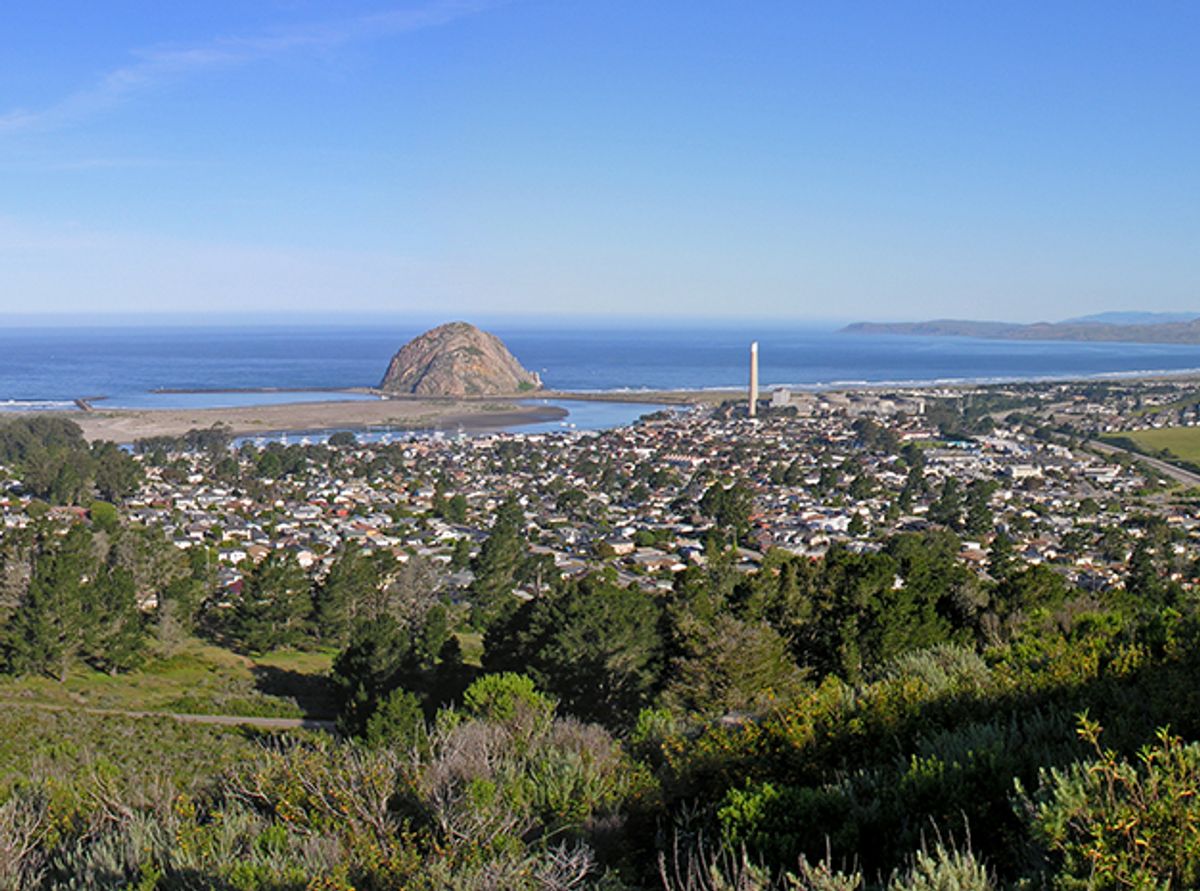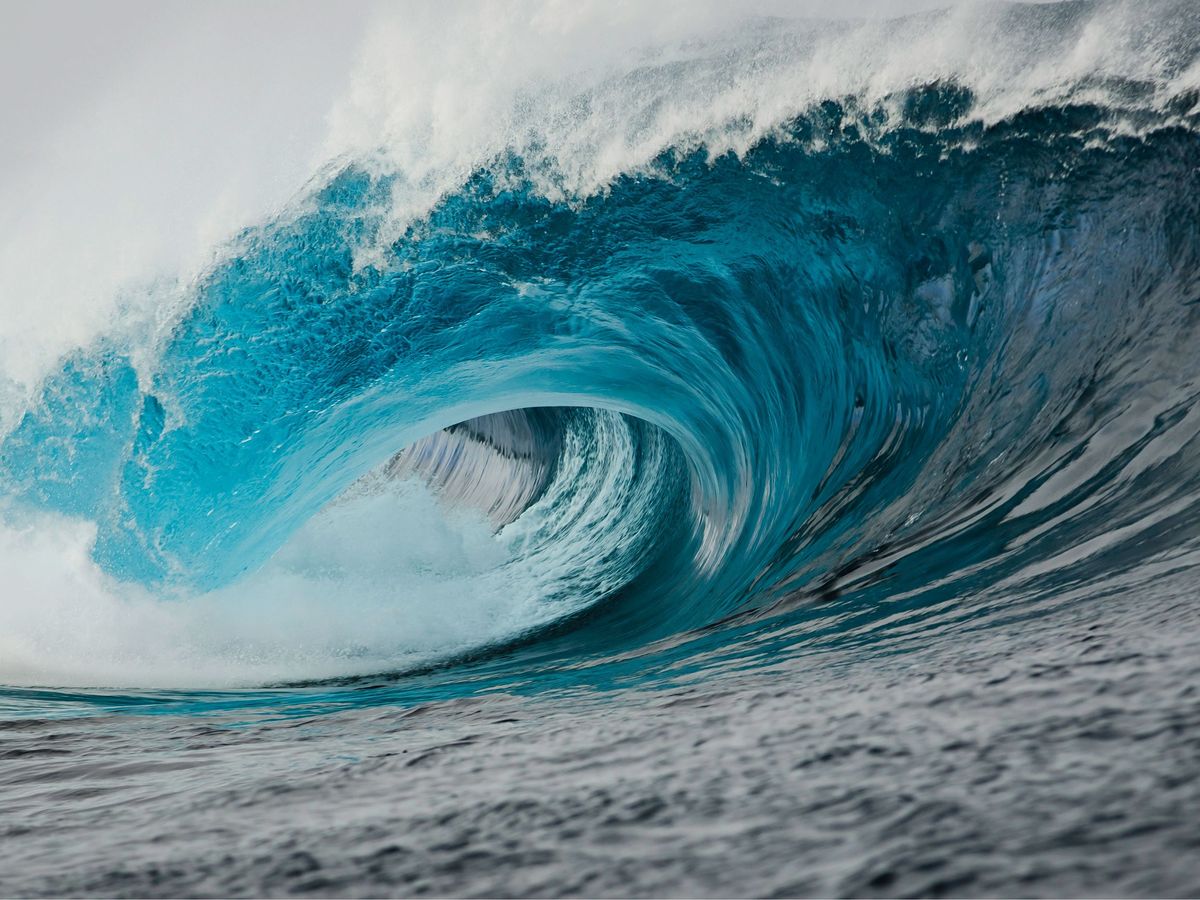Wind power developers eyeing California’s renewable energy market are literally floating a novel idea. Seattle-based Trident Winds has filed preliminary environmental documents for a farm of 100 floating wind turbines off California’s central coast, according to reporting this week by the San Jose Mercury News.
Trident Winds’ proposal is a longterm bet—startup is probably a decade away according to CEO Alla Weinstein—but it's a vision that sounds less and less like science fiction. Just last week Norwegian oil and gas giant Statoil gave the green light to what is likely to be the world’s first floating wind farm, with construction set to begin next year near Scotland; it is to be generating 30 megawatts (MW) of power by the end of 2017.
There is no doubt that California will need plenty of renewable energy as the state gears up to meet a new mandate requiring half of its power to be renewable by 2030. Less clear is whether it will be ready to stomach floating wind power's financial and maritime pricetag.
Floating turbines rely on the same types of spar buoys and tension-leg platforms used by offshore oil platforms, enabling them to access wind power in deeper waters well beyond the 40- to 50-meter limits of turbines on fixed foundations. That's an enabler for offshore wind power near coastlines that drop off quickly, such as California's, and it also provides access to the stronger, more consistent airflows that prevail further offshore.
Trident Winds’ project would float offshore from the California coastal city of Morro Bay, which lies between Santa Cruz and San Luis Obispo. The plan calls for 10-MW floating turbines standing up to 194 meters tall, which the Mercury News notes is even taller than Morro Rock, "the craggy 581-foot-tall monolith that dominates” the local shoreline.
The fleet of 100 turbines would, of course, be 24 kilometers offshore and thus no competition for Morro Bay's iconic structure. That’s in marked contrast to Morro Bay’s old power plant. San Francisco–based PG&E shut down the coal-fired plant in 2013 but, according to the New York Times, the utility has no plans to demolish its three 137-meter smokestacks.
Floating wind turbines have been in the pilot/demonstration phase since the first turbines were installed offshore in Europe in 2007 and 2008. They stepped up in power significantly with the 2009 installation of a 2.3-MW, 65-meter-tall machine off the Norwegian coast by Statoil. Berkeley-based floating wind developer Principle Power (previously led by Trident Winds' Weinstein) installed a 2-MW machine in Portuguese waters in 2011.
Since then even bigger machines have been floated. In August a consortium of Japanese industrial firms anchored a 7-MW, 105-meter-high turbine off the coast of Fukushima. Statoil’s Scottish wind park plans call for six 6-megawatt machines.
Larger scale is seen as critical to making deepwater installations cost-effective, which makes Trident Winds’ proposal for 10-MW turbines understandable. The Guardian’s reporting on Statoil’s project suggests that scale could ultimately render floating turbines more cost-effective than today’s fixed offshore turbines. Citing a June 2015 report from the U.K.’s Carbon Trust, it says the current global average for offshore wind is £112 ($169) per megawatt-hour (MWh), whereas “larger concepts” for floating wind such as Statoil’s could produce power at £85–95/MWh.
Design could help too. The innovator behind the very first floating offshore turbine test recently launched a crowd-funding campaign to fund certification of a simplified turbine for offshore use, redesigned from the ground up with floating installation and operation in mind.
Cost reductions will be critical to selling offshore wind in the U.S. Since at least 2013, Principle Power has been advancing a proposal to install floating turbines off the coast of Oregon. But, as this weekend’s Mercury Star report notes, Principle Power's projected $240/MWh pricetag is “more than the utilities in Oregon want to pay.”
Another challenge facing technology proponents is demonstrating that their floating leviathans will have limited impacts on the marine environment. European studies have found that offshore wind farms have limited impact on seabirds. But location is everything, and conservation groups will be looking for reassurance that the technology will be benign for the birds frequenting the U.S. Pacific coast.
A more difficult flashpoint could be impacts on fishing resources. Trident Winds’ project would create a 162-square-kilometer no go zone for drag nets, thanks to power cables dangling between the floating turbines.
Peter Fairley has been tracking energy technologies and their environmental implications globally for over two decades, charting engineering and policy innovations that could slash dependence on fossil fuels and the political forces fighting them. He has been a Contributing Editor with IEEE Spectrum since 2003.



